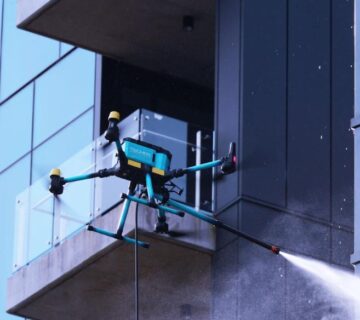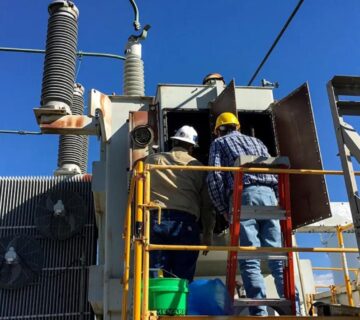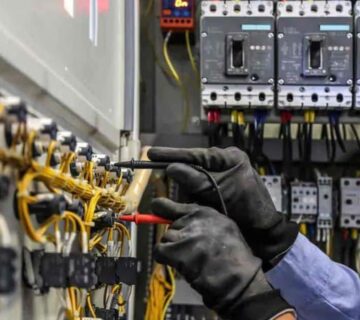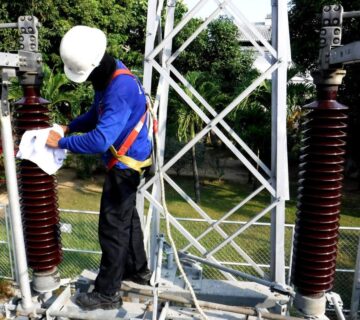Proper cable laying is a crucial part of setting up any electrical system. Whether you are installing cables for a new construction project, upgrading your electrical infrastructure, or replacing damaged cables, the process must be done correctly to ensure safety and long-term reliability. This article will guide you through the essential steps involved in laying cables efficiently.
1. Plan the Cable Route
Before starting the cable laying process, it’s important to plan the cable route. Map out where the cables will go, taking into account any obstacles like walls, pipes, or other installations. Consider the shortest and most efficient path, ensuring it adheres to local building codes and safety standards. Planning ahead reduces the risk of mistakes during installation.
2. Choose the Right Type of Cable
Choosing the right cable type is crucial for the safety and efficiency of your electrical system. Cables come in various sizes, materials (such as copper or aluminum), and insulation types. Select cables based on the voltage requirements, environmental conditions (such as moisture or temperature), and whether they’ll be used for indoor or outdoor purposes. Ensure the cable is rated for the specific application it’s intended for.
3. Prepare the Installation Site
Once you have your cable and route planned, prepare the installation site. If you’re laying cables underground, dig trenches that are deep enough to protect the cable from physical damage. For overhead cables, ensure the supports (such as poles) are installed securely. If cables need to pass through walls or ceilings, make sure to create proper openings for easy passage.
4. Lay the Cable Properly
Now that the site is prepared, start laying the cable. Begin by positioning the cable along the planned route, ensuring it remains untangled and properly supported. For underground cables, ensure they’re placed in protective ducts to prevent physical damage. When installing overhead cables, make sure they are securely fastened and have the proper clearance from the ground or other structures. Avoid sharp bends in the cable to prevent damage to the insulation.
5. Test the Installation and Ensure Proper Connections
After the cable is laid, it’s essential to test the installation before connecting the system. Use appropriate testing equipment to check for any faults in the cable, such as breaks or short circuits. Once the cables are tested and deemed safe, proceed with making the necessary connections to electrical panels, outlets, or other components. Ensure all connections are tight and secure to prevent any potential hazards.
Conclusion
Laying cables is a critical step in setting up any electrical system, and doing it properly is essential for both safety and efficiency. By planning the cable route, choosing the right cables, preparing the site, laying the cable correctly, and performing thorough testing, you can ensure that your electrical installation is safe, reliable, and built to last. Proper cable laying reduces the risk of system failures and contributes to the overall safety of the infrastructure.








No comment